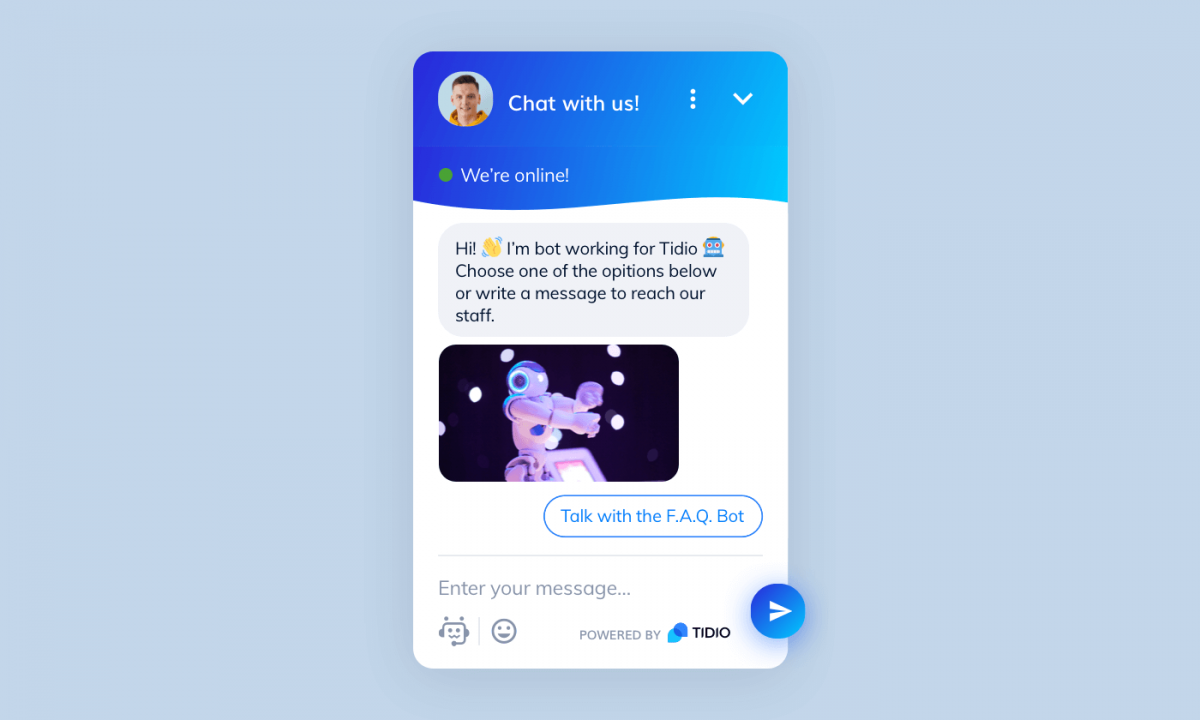

In fact, the size of the chatbot market worldwide is expected to be 1.23 billion dollars in 2025 (Kaczorowska-Spychalska, 2019). Due to their ability to emulate human conversations and thus automate services and reduce effort, chatbots are increasingly becoming popular in several domains, including healthcare (Oh et al., 2017), consumer services (Xu et al., 2017), education (Anghelescu & Nicolaescu, 2018), and academic advising (Alkhoori et al., 2020). Future studies should explore the effect of chatbot personality and localization on subjective satisfaction and learning effectiveness.Ĭhatbots, also known as conversational agents, enable the interaction of humans with computers through natural language, by applying the technology of natural language processing (NLP) (Bradeško & Mladenić, 2012). Challenges and limitations include inadequate or insufficient dataset training and a lack of reliance on usability heuristics.

Moreover, more than a third of the chatbots were evaluated with experiments, and the results primarily point to improved learning and subjective satisfaction. Most of the chatbots used a predetermined conversational path, and more than a quarter utilized a personalized learning approach that catered to students’ learning needs, while other chatbots used experiential and collaborative learning besides other design principles. Further, more than half of the chatbots were used as teaching agents, while more than a third were peer agents. The results show that the chatbots were mainly designed on a web platform to teach computer science, language, general education, and a few other fields such as engineering and mathematics. This study presents a systematic review of 36 papers to understand, compare, and reflect on recent attempts to utilize chatbots in education using seven dimensions: educational field, platform, design principles, the role of chatbots, interaction styles, evidence, and limitations. However, there is a lack of studies that analyze the recent evidence-based chatbot-learner interaction design techniques applied in education. Chatbots hold the promise of revolutionizing education by engaging learners, personalizing learning activities, supporting educators, and developing deep insight into learners’ behavior.


 0 kommentar(er)
0 kommentar(er)
